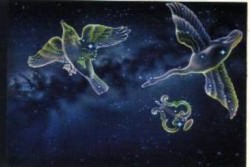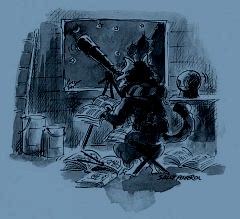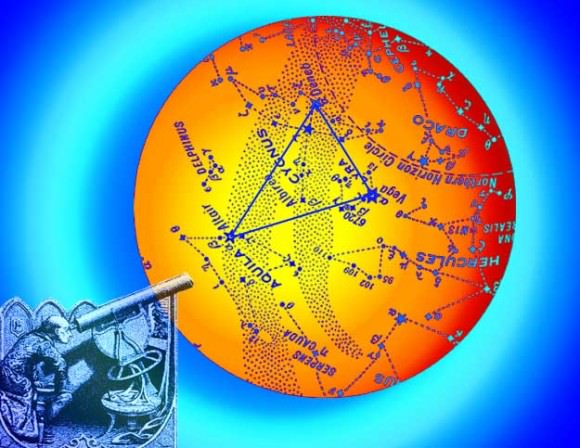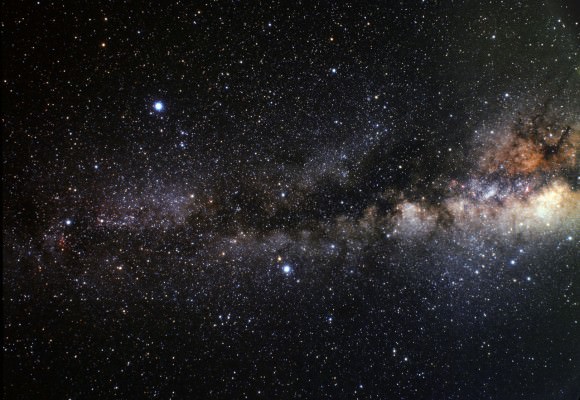The seasons and the constellations are changing – and so are the times that many of us go to bed! If you’re up late tonight, this would be a great time for you to spot some very special things going on in the night sky. You won’t need any special equipment – just your eyes and knowing where to look. Are you ready? Then step outside and listen to the wind as it tells us about the Summer Triangle and I’ll tell you what else to look for!

“You can learn the night sky easily by identifying a few bright stars that form a pattern. This pattern is known as an asterism, and one of the most famous of all is the Summer Triangle. You won’t need any special equipment, just use your eyes and look high overhead around midnight. Here you will see three bright stars spaced well apart – Vega, Deneb and Altair. Each belong to a different constellation and each are the brightest stars. Eastern Vega’s home is Lyra, northern Deneb belongs to Cygnus and southern Altair makes its home in Aquila.”
“Once you have found the Summer Triangle, visit it again on a dark night or from a dark location. Do you see what looks like a pale band of clouds running through it? Those aren’t clouds in our atmosphere, those are star clouds which make their home in the spiral arm of our own Milky Way Galaxy!
 Tonight, May 9/10, the Summer Triangle will be accompanied by a few very special visitors, too! If you look below to triangle to the south, you will see the almost Full Moon very, very close to a bright star called Antares – the “Rival of Mars”. Because the bright Moon will wash out faint stars, only the brightest will remain, so you will also see another, larger triangle of stars further west. That’s Arcturus, Spica and Regulus. For an added treat, the bright point of light you’ll see right in the center of that triangle is Saturn.
Tonight, May 9/10, the Summer Triangle will be accompanied by a few very special visitors, too! If you look below to triangle to the south, you will see the almost Full Moon very, very close to a bright star called Antares – the “Rival of Mars”. Because the bright Moon will wash out faint stars, only the brightest will remain, so you will also see another, larger triangle of stars further west. That’s Arcturus, Spica and Regulus. For an added treat, the bright point of light you’ll see right in the center of that triangle is Saturn.
Have fun!!




A very nice new subject Tammy !
Hi Tammy,
Thanks for the “Summer Triangle” story. It was Sir Patrick Moore the great British astronomer who many years ago first called these three stars The Summer triangle” in a monthly TV Programme he still presents – The Sky at Night.
Brian
thank you both!
sir patrick is one of my major heroes and i’m very honored that several of my books belong to his “practical observing series”. may he continue to inspire!